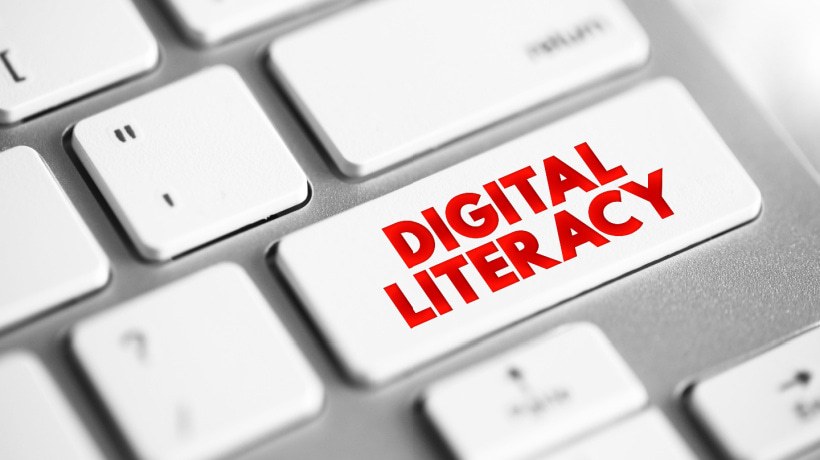Developing Critical Literacy Through Your eLearning Course
One of the main things that make eLearning successful and popular is that it isn't a passive activity. During the process of acquiring new knowledge and skills, online learners get to practice their thinking and reasoning skills by evaluating the learning material and figuring out the best way to incorporate it into their everyday lives. Why not take this process a step further and help them learn how to practice critical literacy? In this article, we explain what critical literacy and its four main foundations are, as well as share a few activities you can incorporate into your eLearning course to promote its development.
What Is Critical Literacy?
There is no simple definition for this term. However, what we can say about it is that it introduces a practical approach to the learning material. Specifically, critical literacy allows learners to take a step back from every text they read, detect and analyze its various political, social, and historical aspects, examine the relationship between language and power, and uncover hidden meanings. This way, they become critical readers and thinkers who don't accept information at face value. In a world of digital over-information, this is a very important skill to possess, as it can guarantee efficiency and advanced problem-solving skills within your company.
Although this is not a universal model, critical literacy is made up of 4 distinct dimensions. Let's take a look at what those are.
1. Disrupting The Commonplace
This is the first stage of analysis. In its duration, learners examine new frames of reference that they can use to extract hidden meanings from the material they interact with. This is the time to identify and question preexisting practices and assumptions that may not be useful anymore or which may be creating problems for certain individuals or groups. This process gives them the opportunity to identify problematic situations and visualize alternatives.
2. Considering Multiple Viewpoints
This is an extension of the first step of the critical literacy process, during which learners examine their own viewpoints as well as those of others. It is particularly important to closely examine the experience of those being affected by a certain problematic situation. For this step to be successful, it's crucial to analyze, compare, and contrast multiple opposing opinions and events in order to gain a spherical understanding of the issue.
3. Focusing On The Sociopolitical
In many cases, it's necessary to look beyond the personal factor and into sociopolitical systems and power relationships to identify the source of problems in the workplace and society overall. To put it in simpler words, this step allows us to immerse ourselves in daily life politics and discover how perceptions and actions are formed and affected.
4. Taking Action To Promote Social Justice
In this final stage, all the theoretical steps of analysis, discussion, and examination translate into actionable steps. Here, learners have the chance to use their voices and bring meaningful change in the work or educational environments. They can reassess deep-rooted beliefs and practices and adjust them in a way that ensures all voices are heard.
4 Activities To Add To Your eLearning Course
Here are a few activities you can incorporate into your eLearning course to support the development of critical literacy.
Analytical Thinking
Pushing learners to open their minds is the best way to help them develop their critical literacy skills. When presenting any training material, invite them to examine it with a critical eye and analyze the way notions or practices are affected by social norms.
Scenarios And Role-Playing
Taking part in role-playing activities allows learners to step into the shoes of another group or individual and experience things from a different viewpoint. This activity can bring light to injustices or inconveniences that previously went unnoticed.
Visual Material
Although critical literacy is often about the power language holds, it can be helpful to support these hidden meanings visually, using pictures or videos. This is also a great way to make eLearning course activities more engaging for learners.
Asynchronous Learning
A great benefit of asynchronous learning is that it gives learners plenty of time to reflect on eLearning material. As a result, they can analyze the language, explore obscure themes, and examine different viewpoints more effectively. In addition, chats and forums support the exchange of ideas and opinions so that learners can find solutions and propose alternatives to the issue at hand.
Conclusion
Developing analytical and critical skills is necessary for people in today's society. This is the reason why more and more eLearning courses have incorporated critical literacy into their curriculum. Hopefully, this article has helped you understand what critical literacy is and how you can train learners on it.









